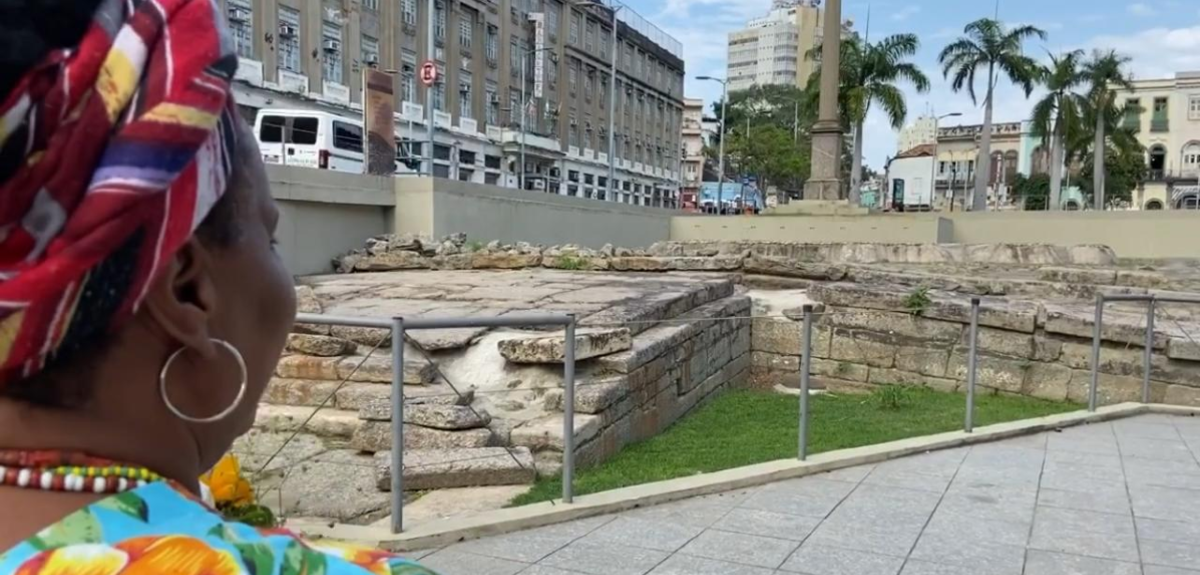IDG starts the works at Valongo Wharf
On July 5th, the Institute of Development and Management began the works to enhance the Valongo Wharf Archeological Site, located in the region of Pequena África (Little Africa in English), in downtown Rio de Janeiro. The project is a partnership with the National Institute of Historic and Artistic Heritage (Iphan) and the Rio de Janeiro City Hall, and it commences in the week when Valongo Wharf celebrates its six years as a UNESCO World Heritage Site.
"The interventions by IDG at Valongo Wharf aim to contribute to the preservation of memory and the historical recognition of the site, which was the main arrival port of enslaved Africans in the Americas. The works will make the space more accessible and safe, and the exhibition project proposes a critical reflection on the period of enslavement and its aftermath," explains Sergio Mendes, Director of Projects at IDG.
The project, which includes physical adaptation, archaeological site signage, and installation of exhibition modules, will be funded with over R$ 2 million by the electric power transmission company State Grid Brazil Holding, through financing from the Social Investment for Companies - ISE line of the BNDES (Brazilian Development Bank).
"By contributing to the preservation and enhancement of an archaeological site as relevant as Cais do Valongo, State Grid Brazil reaffirms its commitment and support for the protection of the cultural and historical heritage of Brazilian society," says Ramon Haddad, Vice-President of State Grid Brazil Holding.
The revitalization work is expected to be completed by November 2023 and includes three stages: the installation of permanent handrails; the implementation of an exhibition module with totems that will tell the history of the region, curated by Ynaê Lopes dos Santos, a historian specializing in the history of slavery and race relations in the Americas. In this space, a sculpture in the shape of the African continent will be installed, depending on the angle of observation. At the base of this work, a compass rose points to Africa, referencing the legacy of Afro-Brazilian culture in the history of the country.
The IDG is also responsible for installing signage that references the protected cultural heritage, with signs and maps informing about its history. The signage project integrates Cais do Valongo into the circuit of African heritage in the region, connecting through visual references and signposts to other points of interest such as Pedra do Sal, Jardim Suspenso do Valongo, and the Museum of History and Afro-Brazilian Culture - MUHCAB. The lighting project for the historical site, developed by IDG and implemented by the Rio de Janeiro City Hall, was designed to enhance the architectural features of the archaeological site and create a visual experience without compromising its archaeological integrity. In scenic lighting, colored lights on monuments can be used on commemorative dates in support of social causes. The City Hall was also responsible for the discovery - during the works of Porto Maravilha - and preparation of the archaeological site.

